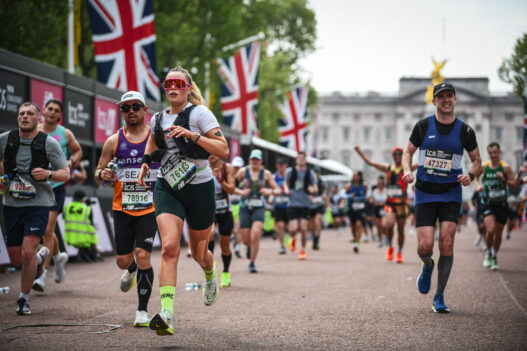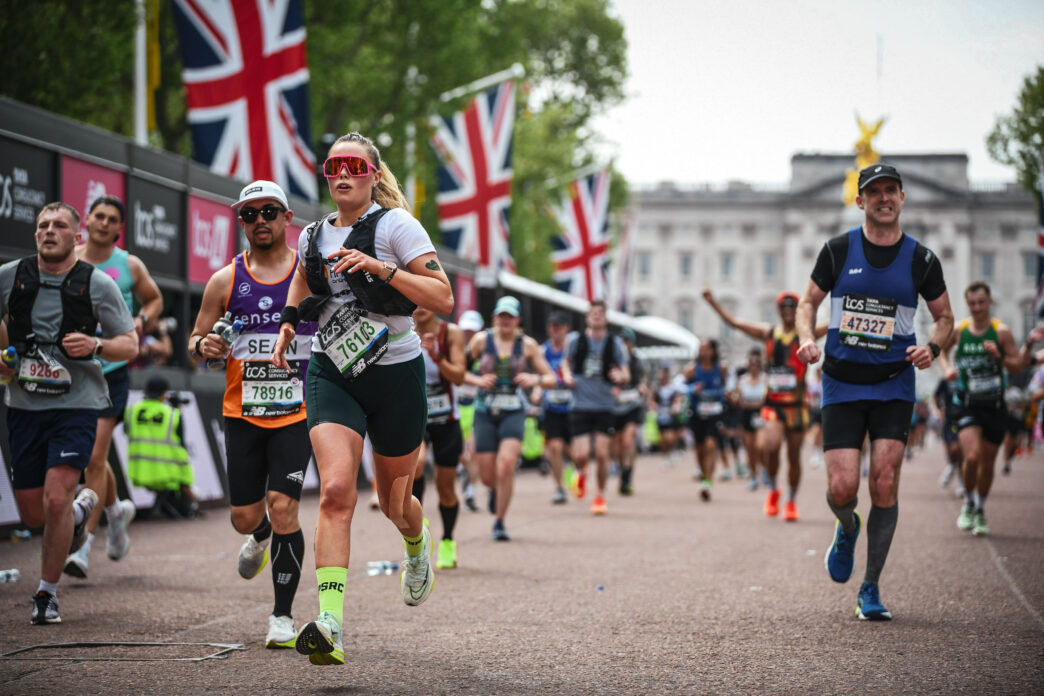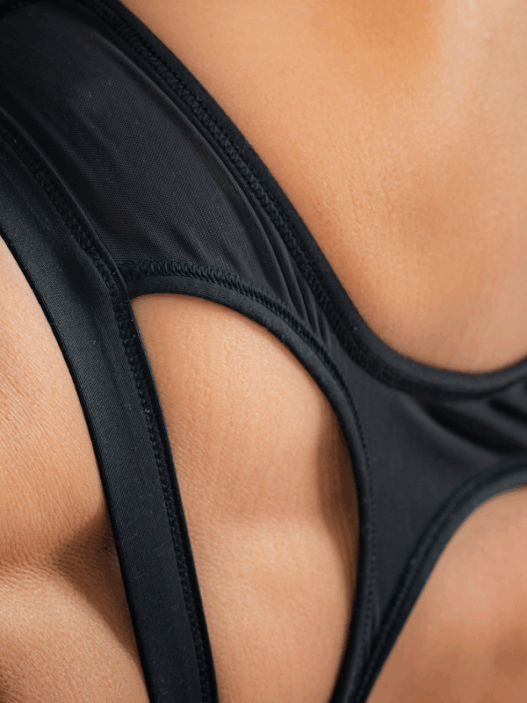How can I get more out of my run without actually running more?
If you’ve laced up your trainers for a run in the past decade, you’re part of a global movement! Recreational running has surged in popularity, attracting everyone from casual joggers to competitive athletes. With this growth comes an important question for many runners: how can I get more out of my run without actually running more?
One area that’s gaining attention is the warm-up. While traditional methods such as static stretching, light jogging, and dynamic mobility have long been standard, there is a growing interest in plyometric exercises, think explosive, jump-based movements, as a pre-run primer. The idea is that plyometric drills activate your muscles and nervous system in ways that may enhance your performance right from your very first stride.

The Question We Asked
We wanted to know: if you swap some of your traditional warm-up moves for plyometric drills, will you run better?
To investigate, we conducted a study with twelve injury-free recreational runners (6 men and 6 women, aged 18 to 60, each with at least one year of running experience). They completed two different warm-up routines over two separate sessions:
- Warm-up A: Included plyometric drills (explosive jump-based movements)
- Warm-up B: Focused on traditional mobility exercises
After each warm-up, participants ran a timed 1-mile on Keele’s outdoor track, wearing a Stryd Pod to capture detailed biomechanical data, which included: pace, cadence, ground contact time (GCT), vertical oscillation (VO), and power output. We also asked how hard the run felt (RPE).
What We Found
The results were pretty clear:
- Faster times after plyometric warm-ups (6:37 min/mile average) compared to traditional warm-ups (6:55 min/mile average)
- Shorter ground contact times after plyometrics – 195 ms vs. 209 ms
- Slightly higher perceived effort (RPE 7.08 vs. 6.00)
Interestingly, cadence, vertical oscillation, and power output didn’t change much between the two warm-ups.
Why This Matters for Runners
A shorter ground contact time is often associated with better running efficiency. When your legs operate like spring-loaded machines, they help propel you forward more quickly. Plyometric drills may prepare your muscle-tendon units and nervous system, enabling you to run more efficiently from the start.
However, the increased perceived effort can be a double-edged sword. For short races or intense workouts where you want to push your pace, this extra activation might be beneficial. However, in longer events like half marathons or marathons, starting off with a higher perceived effort could lead to early fatigue.
Plyometric Warm-Up Quick Guide
Try this 5–6 minute routine before your next speed session or short race
| Drill | How to Do It | Duration / Reps | Tip for Best Results |
| A Skips | Drive knee up to hip height while skipping, keeping an upright posture and snapping foot down under the hip. | 20–30m | Think “quick and light” -don’t stomp. |
| B Skips | Same as A Skips, but extend the lower leg forward before snapping it down. | 20–30m | Focus on the hamstring pull-down motion. |
| Bounding | Exaggerated running strides with a focus on forward propulsion and height. | 20–30m | Keep arms driving to match your leg action. |
| Power Skips | Skip explosively for maximum height and distance. | 20–30m | Land softly and keep core engaged. |
Pro tip: Start at 60 – 70% effort during your first attempts and increase intensity as your technique improves. These should feel springy, not exhausting.
The Takeaway
If you’re aiming for a faster start or want to feel more explosive in your run, adding plyometric drills to your warm-up could be a game-changer. Even over just a mile, the difference was measurable.
Your warm-up might be short, but its impact could be long-lasting. Maybe it’s time to trade a few leg swings for some hops and bounds.

For more information and the full Research study, please contact Lucy at Athletica Therapy.
Find Lucy on our Women’s Health Club Directory here.




















